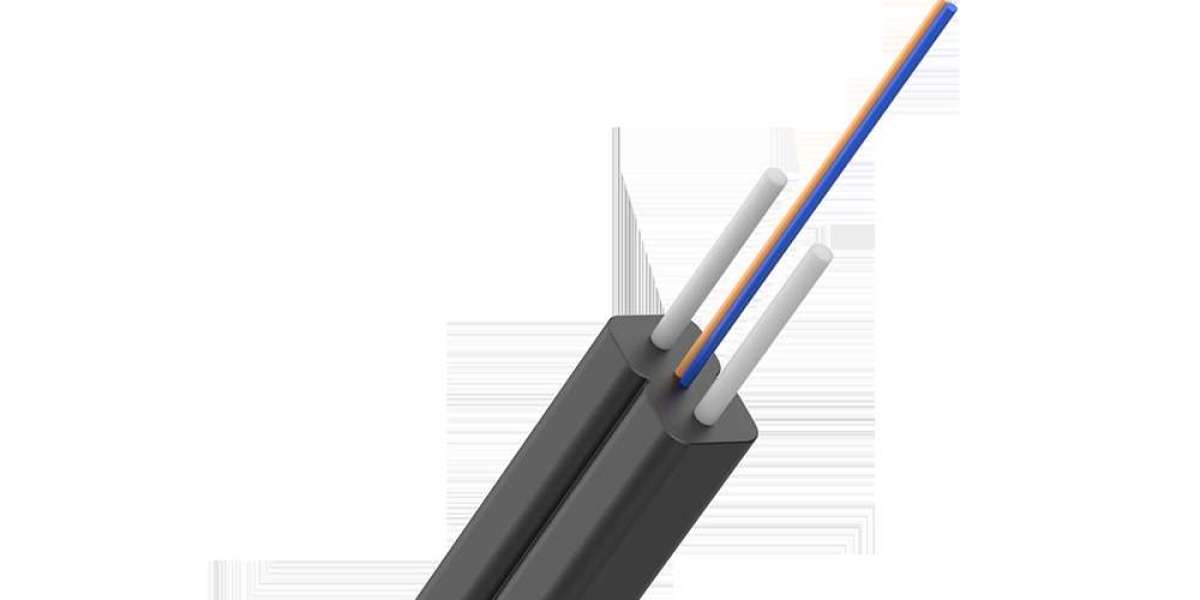From Pole to Premises: The Vital Link of Drop Cables in Digital Connectivity
In the digital age, seamless connectivity is no longer a luxury—it's an essential utility. While towering data centers and high-speed backbone cables often steal the spotlight, a small but powerful component quietly ensures that data actually reaches your home or office: the drop cable. Often overlooked, this cable serves as the crucial final step between telecommunications networks and end-users. It may be the shortest stretch in the entire network, but its importance is unmatched.
This article explores the true function, design, and relevance of drop cables in today’s ever-evolving communication landscape.
What Is a Drop Cable?
A drop cable is the physical line that connects a customer’s location—such as a residence, business, or industrial facility—to the larger distribution network operated by a telecommunications provider. It’s commonly called the “last mile” or “last drop,” as it represents the final segment of a larger network.
Drop cables can be run overhead from utility poles, laid underground, or threaded through conduits depending on the design of the neighborhood or facility. They are often customized to suit local environmental conditions and user needs.
Coaxial vs. Fiber Drop Cables
There are two primary types of drop cables in modern telecom systems:
- Coaxial Drop Cables
Traditionally used in cable TV and older broadband internet services, coaxial drop cables consist of a central copper conductor surrounded by insulation, shielding, and an outer jacket. They are designed for electrical signal transmission and remain common in hybrid fiber-coaxial (HFC) networks. - Fiber Optic Drop Cables
As more service providers move toward FTTH (Fiber to the Home) models, fiber drop cables are increasingly popular. These cables carry data in the form of light pulses over ultra-thin glass or plastic fibers, offering exceptional speed and bandwidth with minimal signal loss.
Key Characteristics of Drop Cables
Despite their size, drop cables are engineered with complex structures and important features:
- Durability: Drop cables are made to resist UV rays, moisture, temperature fluctuations, and mechanical stress. Outdoor models especially need strong outer jackets and support strands.
- Flexibility: They are often bent, twisted, and routed through tight spaces. Therefore, flexibility is a key requirement, especially in indoor and building-entry applications.
- Low Attenuation: Signal degradation must be minimized over short distances, so high-quality materials are used to ensure efficient signal transfer.
Applications of Drop Cables
Drop cables are used in a wide range of settings, including:
- Residential Connections: Delivering high-speed internet, digital TV, and voice services to homes.
- Commercial Facilities: Connecting offices and industrial sites with reliable data and telecom services.
- Multi-Dwelling Units (MDUs): Used to link fiber distribution points to multiple tenants or units.
In each of these cases, the drop cable determines the quality and reliability of the end-user’s digital experience.
Technological Advancements in Drop Cables
To keep up with increasing demand for bandwidth and faster installations, several innovations have emerged:
- Bend-Insensitive Fibers: These allow the cable to be bent around tight corners without signal loss—ideal for indoor installations.
- Pre-terminated Cables: These cables come with factory-installed connectors, reducing installation time and eliminating splicing on site.
- Self-Supporting Designs: In aerial applications, drop cables may include built-in messenger wires for support, eliminating the need for separate components.
Such improvements not only reduce deployment costs but also increase long-term reliability.
Conclusion
Drop cables may not be the most glamorous component in a telecommunications network, but they are undeniably among the most essential. Without them, all the data transmitted through massive fiber trunks and distribution hubs would stop just short of its destination. Whether you're watching a movie, joining a Zoom call, or downloading a large file, a drop cable is working silently to ensure your connection is fast, stable, and uninterrupted. In short, this small cable delivers big results.



